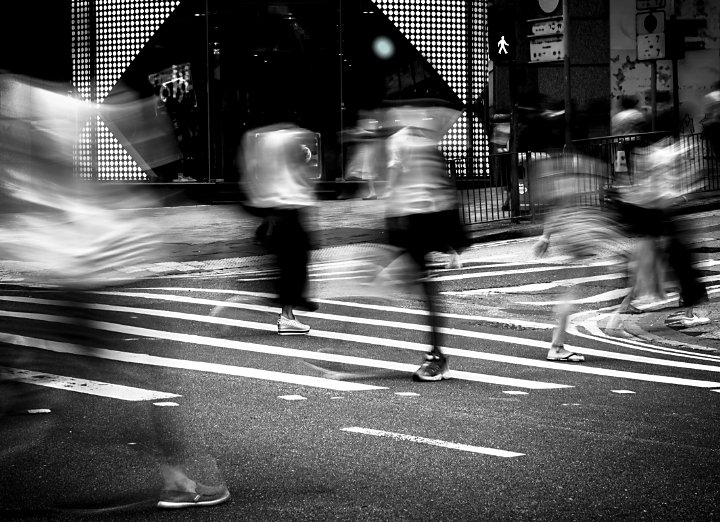7 Easy Facts About Framing Streets Described
7 Easy Facts About Framing Streets Described
Blog Article
The Greatest Guide To Framing Streets
Table of ContentsNot known Facts About Framing StreetsRumored Buzz on Framing StreetsThe Best Guide To Framing StreetsSome Known Facts About Framing Streets.

Both at the Museum of Modern Art (Mo, MA). Inspired by Frank, in the 1960s Garry Winogrand, Lee Friedlander and Joel Meyerowitz started photographing on the roads of New York. Phil Coomes, creating for BBC News in 2013, claimed "For those of us curious about road digital photography there are a couple of names that stand apart and among those is Garry Winogrand"; critic Sean O'Hagan, composing in in 2014, claimed "In the 1960s and 70s, he defined street digital photography as an attitude in addition to a style and it has laboured in his darkness ever since, so conclusive are his photographs of New York." Going back to the UK in 1965 from the United States where he had actually satisfied Winogrand and adopted road photography, Tony Ray-Jones transformed a wry eye on usually unique groups of British individuals on their holidays or participating in festivals.
Street digital photography is a huge category that can be specified in lots of ways, but it is typically identified by the spontaneous capturing of an unrepeatable, short lived moment, usually of the everyday going-ons of unfamiliar people. It is classically fired with wider angle lenses (e. g. 35mm) and typically includes metropolitan settings.
The Of Framing Streets
Documentary professional photographers commonly have actually a specified, conscious message and an intent to record particular occasions in background (https://moz.com/community/q/user/framingstreets1). The range of the documentary technique includes elements of journalism, art, education, sociology and background. In social investigation, docudrama images are commonly planned to provoke, or to highlight the requirement for, social modification
Street photography is typically viewed as unposed and honest, yet there are a few street professional photographers who interact with complete strangers on the streets and take their pictures. Street portraits are unplanned portraits taken of complete strangers while out doing street digital photography, nevertheless they are seen as presented since there is communication with the topic.
Photographing individuals and locations in public is legal in many nations protecting flexibility of expression and journalistic freedom. There are usually limits on just how photos of people may be made use of and most nations have particular laws regarding people's personal privacy.
Not known Details About Framing Streets
While the common-law provinces comply with the UK, with regard to the flexibility to take images in a public area, Quebec law provides that, in most scenarios, their magazine can take place only with the approval of the topics therein. The European Union's Person Rights Act 1998, which all EU countries need to promote in their domestic law, develops in a right to personal privacy. Of liberty of expression. While additionally restricting photography in order to safeguard personal privacy rights, road photography can still be legal in France when pursued as an art kind under certain click over here situations.

. that simply strayed right into a scene), or that are not also identifiable in the photo. https://hub.docker.com/u/framingstreets1. It likewise does not typically extend to people that are public figures (e. g - photography presets. political leaders or celebs). If a picture is considered art, the courts will certainly also think about the digital photographer's liberty of creative expression; meaning that "artful" street photography can still be lawfully published in particular situations
See This Report about Framing Streets
In Greece the right to take photos and publish them or offer licensing legal rights over them as art or editorial content is secured by the Constitution of Greece (Post 14 and other articles) and cost-free speech legislations as well as by instance regulation and legal situations. Photographing the authorities and publishing the pictures is also lawful.
In Hungary, from 15 March 2014 anyone taking photos is technically breaking the law if a person wanders into shot, under a new civil code that bans taking images without the consent of everyone in the photo - Sony Camera. This expands the regulation on consent to include the taking of pictures, in addition to their magazine
'Hidden photography' (kakushidori hidden, surreptitious photography) 'stolen digital photography' (nusumitori without purpose of obtaining consent) and "fast photography' (hayayori before consent and rejection can be provided) are prohibited unless in the former authorization is obtained from the subject right away after taking the picture. Individuals have legal rights to their pictures (shzken, droit de image).
Report this page